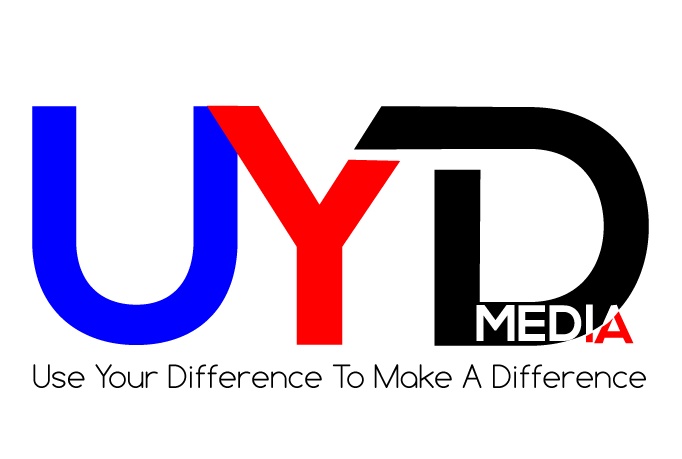Picture the following: Greg O’Leary, a 32-year-old mid-level manager, is in Shanghai for the first time to negotiate a critical deal with a distributor. To prepare himself for the trip, Greg has learned some key cultural differences between China and the U.S. — about how important deference and humility are in Chinese culture, and how Chinese tend to communicate more indirectly than Americans do. He also has learned about how important it is in China to respect a person’s public image or “face.” Finally, Greg also learned a few Chinese words, which he thought could be good potential icebreakers when starting a meeting.
Greg quickly realizes, however, that learning cultural differences in theory does not always translate into successful behavior in practice. The first problem comes when Greg, who is praised for his “excellent Chinese,” proudly accepts the acknowledgement, not realizing how publicly expressing pride in this way runs counter to the important role of humility in Chinese culture and could come across as arrogant to his Chinese counterparts. He then quickly backtracks and deflects the praise, but feels awkward and clumsy doing so. Next, Greg tries to use a more indirect communication style to impress his colleagues. But here again, Greg struggles. Greg is such a straight shooter by nature that it feels awkward and evasive not to say what he means. He also has no clue how indirect he should be. By the end, it becomes frustrating, and all Greg wants to do is end the conversation.
This situation highlights a challenge that global leaders and managers constantly face in their global work: The way that you need to behave to be effective in a new setting is different from how you’d naturally and comfortably behave in the same situation at home.
I’m sure that this isn’t news to any of you. Many of us have lived, worked, or studied abroad, and if you haven’t, you’ve certainly read one of the many books or articles describing cultural differences. But what these books don’t tell you is that learning about differences across cultures is only a first step toward effective cultural adaptation, and if all you do is learn differences, you will likely suffer the same fate as Greg. It’s not only the differences that most people need to understand to be effective in foreign cultural interactions: It’s global dexterity, the ability to adapt or shift behavior in light of these cultural differences. And that’s something that’s often easier said than done.
Why? Well, for starters, it’s often very difficult to perform behaviors you aren’t used to, even if you have an intellectual understanding of what these behaviors are supposed to be. From my work interviewing and working with hundreds of professionals from a wide range of different countries and cultures, I find that it is very common to feel awkward, inauthentic, or even resentful when trying to adapt behavior overseas. And when you have such strong internal reactions to adapting cultural behavior, your external performance can suffer. The negative feelings can leak into your performance and make you look awkward or unnatural. They can also cause you to want to avoid these situations altogether — in a similar way that by the end of Greg’s conversation, he just wanted it to end.
Now of course, not all situations are so difficult. Some situations — like, say, learning to kiss on two cheeks for an American in Europe (or three or four, depending on where you are) — are a bit unusual, but don’t feel deeply disingenuous to do. But many other situations — like giving performance feedback, participating in a meeting, delivering bad news, interviewing for a job, or promoting yourself or your product — require behavior of you that simply is much harder to perform. And these very same situations are also often critical to your success in a foreign culture. So how can you learn to adapt behavior successfully without feeling like you are losing yourself in the process? Here are a few quick tips:
First, make the behavior your own. Behaving in a new culture isn’t like hitting the bull’s-eye of an archery target. In many cultures and in many situations, you have leeway to adjust, and by doing this smartly, you can achieve success without compromising your authenticity. For example, instead of saying something like, “No, no, my Chinese is very poor” (a prototypical Chinese response), Greg might have tried something like, “Thank you. I have been trying hard to learn, but my Chinese is still very poor.” This is a cultural blend — a hybrid. It mixes Chinese humility with a bit of pride, acknowledging that he has been trying hard to learn the rules. Now in some places and contexts in China, this might not work; it might seem too Western. But in other places, it might.
That’s where a cultural mentor comes in: someone capable of telling you whether these changes work in the new setting. Now, remember that it’s not all of China Greg needs to worry about; it’s the specific people he’s interacting with. So, find a mentor who is familiar with China or the culture you’re operating in, but also someone familiar with your particular work environment. For example, perhaps Greg is interacting with 20-somethings who did their MBA in the States and have a Western approach. Or perhaps they’re employees of a state-run enterprise with a very traditional background and set of expectations. Knowing this is critical when learning to customize your behavior.
So too is assessing internally how comfortable it feels to make these adjustments. Perhaps the adjustments are good externally, but feel wrong, inappropriate, or inauthentic internally. That’s ultimately no good for you because the discomfort you experience will likely leak into your performance and make it hard to perform the behavior authentically, which is key for forging relationships in any culture. You’ll have to break out of your comfort zone to some degree, but make sure you still retain who you are.
The final piece of advice is to develop a forgiveness strategy. You will make mistakes as you experiment with cultural adaptation. Do what you can to not be punished for them! Signal to others that you’re trying to learn their cultural rules, even though you haven’t yet mastered them, and that you care about and respect their traditions. That will go a long way toward building cultural capital that you can cash in in any foreign setting.
Andy Molinsky is an Associate Professor of Organizational Behavior at the Brandeis International Business School. He is the author of the book Global Dexterity: How to Adapt Your Behavior across Cultures without Losing Yourself in the Process (HBR Press, 2013).

Follow Andy on twitter at @andymolinsky.
Originally published at Harvard Business Review.




